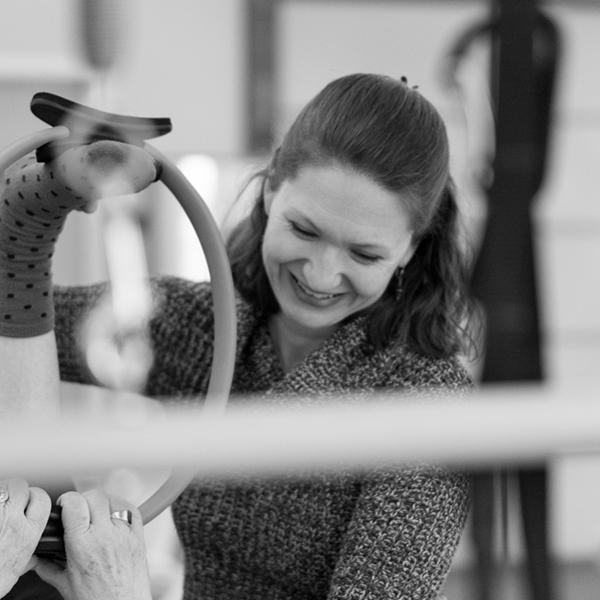
Pelvic Organ Prolapse Treatment: Effective Non-Surgical Approaches
What is Pelvic Organ Prolapse (POP)?
The American College of Obstetrics and Gynecology defines pelvic organ prolapse (POP) as a “disorder that causes one or more of the pelvic organs to drop from their normal position.” The pelvic organs include the uterus, vagina, bladder, urethra, and rectum. Normally, these organs are held in place securely by the muscles of the pelvic floor. However, due to weakness, ligament laxity or fascial restrictions, these organs can shift down and create a bulging sensation. Patients diagnosed with a pelvic organ prolapse will often describe their symptoms as a vaginal heaviness and pressure, or the feeling of something falling out of their vagina.
What Causes Pelvic Organ Prolapse?
The most common cause of POP is pregnancy and childbirth. However, any injury or chronic condition that places excess pressure on the pelvic floor such as obesity, chronic constipation, chronic coughing or pelvic surgery, can result in a prolapse. Aging, menopause, genetics, cysts and fibroids are also linked to the development of a POP. While a prolapse is typically not painful, it can cause significant pelvic floor dysfunction such as urinary or fecal incontinence, low back pain and sexual dysfunction.
Conservative Treatment for Pelvic Organ Prolapse
Part of conservative treatment of a prolapse is understanding where the pressure is coming from that is creating the downward movement of the organ, and then managing this with breath-work, pelvic floor strengthening, and mindful movement. Increasing fiber intake can also be part of treatment, as excessive straining to pass stool can exacerbate a prolapse. Research also supports the use of a vaginal pessary, which is a device that is inserted into the vaginal canal to offer additional support. A pessary can look like a ring, a ring with a knob, or a cube. Pessaries are typically silicone devices that are fit specifically to a person’s vaginal wall to support the symptomatic tissue.
Pessaries can be worn continuously, sometimes for months at a time, or used temporarily for high impact activities that are symptomatic like running or weight lifting. In addition to decreasing stress on the tissues by lifting them out of the way, a pessary can help decrease symptoms of incontinence and low back pain by allowing the pelvic floor muscles to function in a position that is optimal for them. The goal for pessary use is to allow you to return to your favorite activities without feeling limited by your prolapse symptoms.
Pelvic Floor Therapy for Prolapse
Pelvic floor therapists can provide holistic and conservative treatment for POP. During a pelvic floor therapy visit, your posture, range of motion, strength, bowel and bladder habits and breathing biomechanics will be assessed to determine the root cause of the pressure mismanagement leading to a prolapse. Treatment, including muscle relaxation and strengthening, breath-work and education on diet and pessaries, will be designed specifically for your body and goals.
For more specific and personalized help, visit our website or give us a call (212) 604-1316.
Book Online
Have you been to Tula before?
Existing Patient Information
Looking up patient...
Looking up your information...











